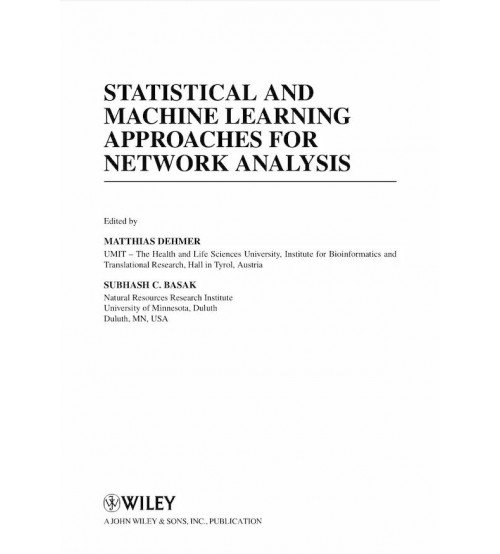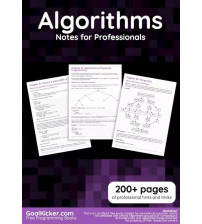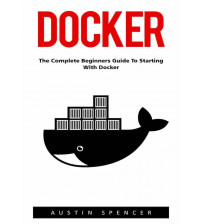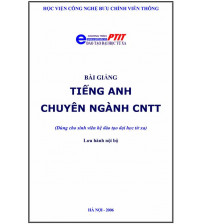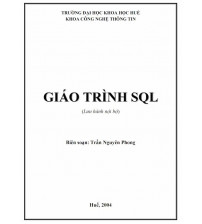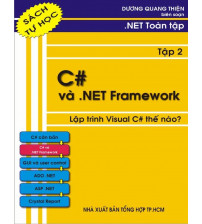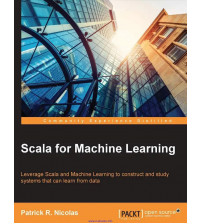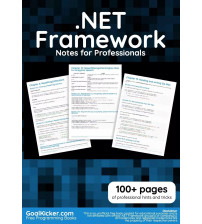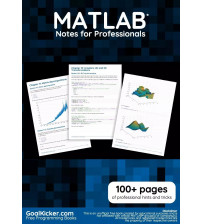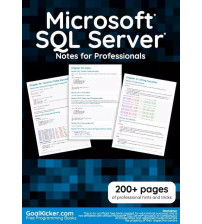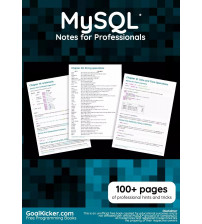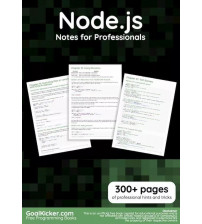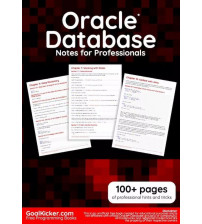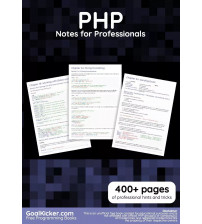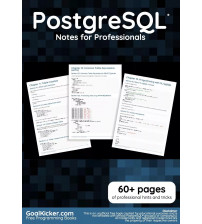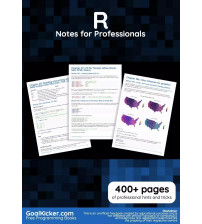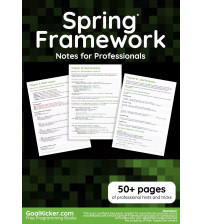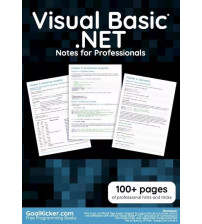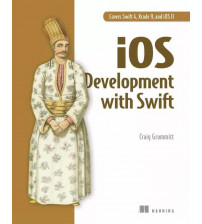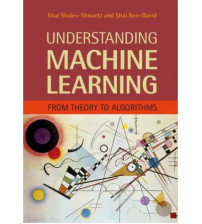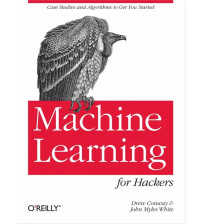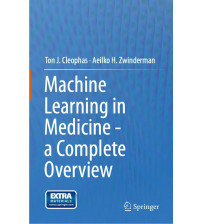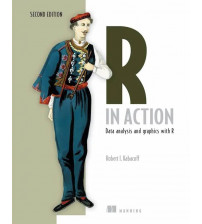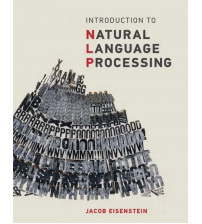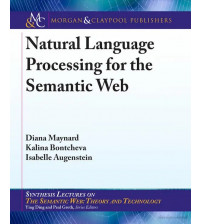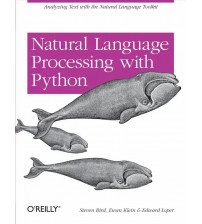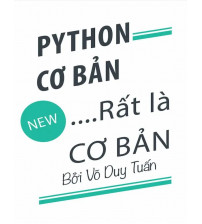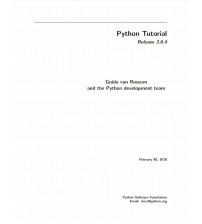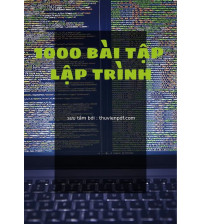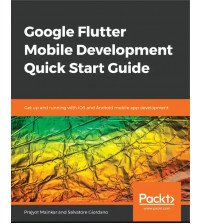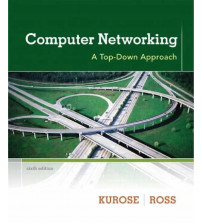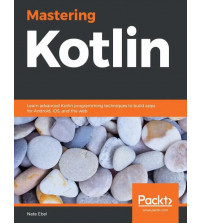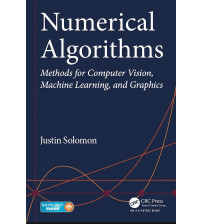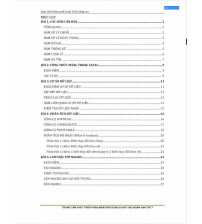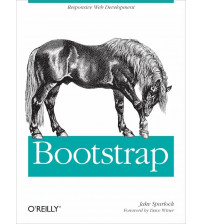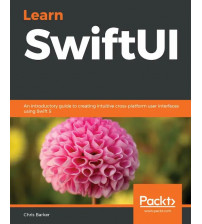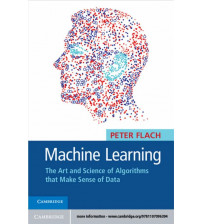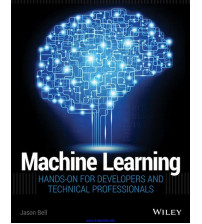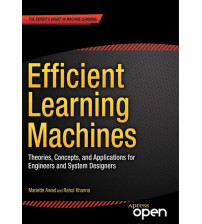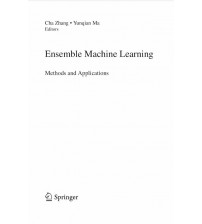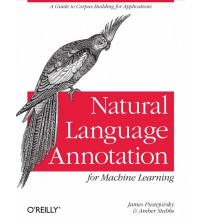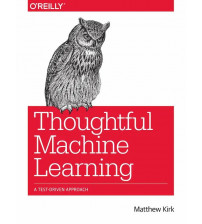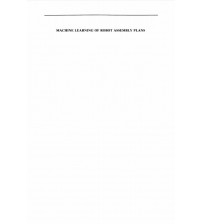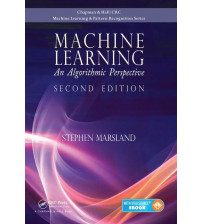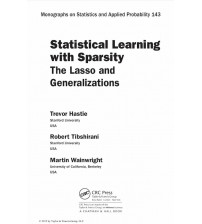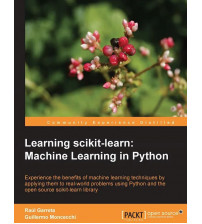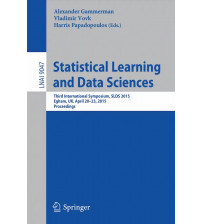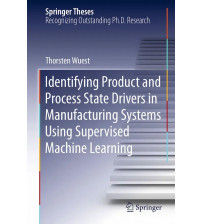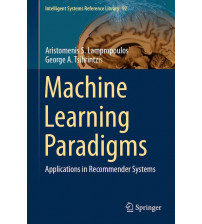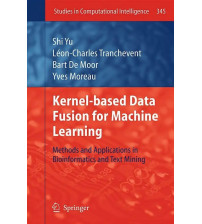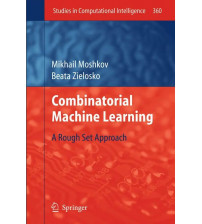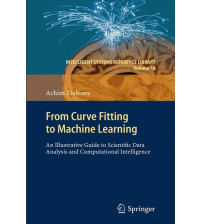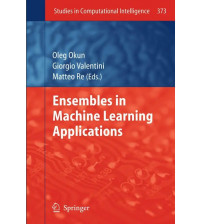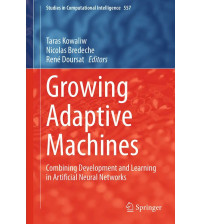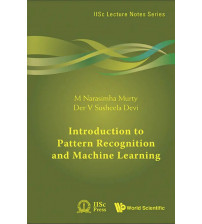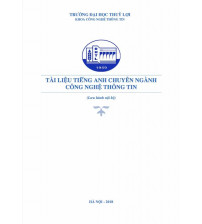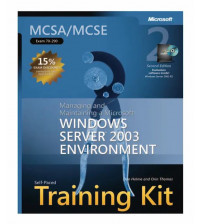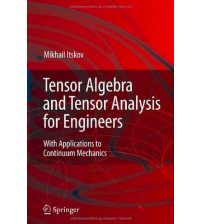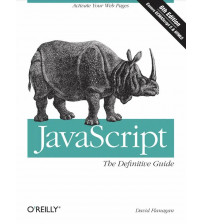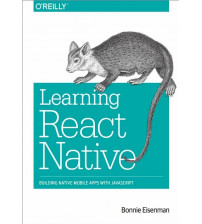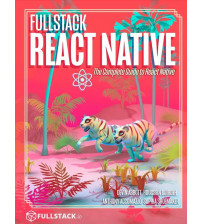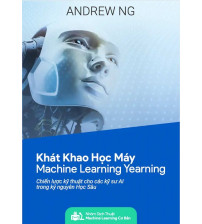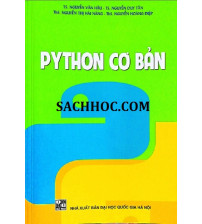Statistical And Machine Learning Approaches For Network Analysis
Chuyên mục: Lập trình - Thủ thuật
An emerging trend in many scientific disciplines is a strong tendency toward being transformed into some form of information science. One important pathway in this transition has been via the application of network analysis. The basic methodology in this area is the representation of the structure of an object of investigation by a graph representing a relational structure. It is because of this general nature that graphs have been used in many diverse branches of science including bioinformatics, molecular and systems biology, theoretical physics, computer science, chemistry, engineering, drug discovery, and linguistics, to name just a few. An important feature of the book “Statistical and Machine Learning Approaches for Network Analysis” is to combine theoretical disciplines such as graph theory, machine learning, and statistical data analysis and, hence, to arrive at a new field to explore complex networks by using machine learning techniques in an interdisciplinary manner.
The age of network science has definitely arrived. Large-scale generation of genomic, proteomic, signaling, and metabolomic data is allowing the construction of complex networks that provide a new framework for understanding the molecular basis of physiological and pathological states. Networks and network-based methods have been used in biology to characterize genomic and genetic mechanisms as well as protein signaling. Diseases are looked upon as abnormal perturbations of critical cellular networks. Onset, progression, and intervention in complex diseases such as cancer and diabetes are analyzed today using network theory.
Once the system is represented by a network, methods of network analysis can be applied to extract useful information regarding important system properties and to investigate its structure and function. Various statistical and machine learning methods have been developed for this purpose and have already been applied to networks. The purpose of the book is to demonstrate the usefulness, feasibility, and the impact of the methods on the scientific field. The 11 chapters in this book written by internationally reputed researchers in the field of interdisciplinary network theory cover a wide range of topics and analysis methods to explore networks statistically.
The topics we are going to tackle in this book range from network inference and clustering, graph kernels to biological network analysis for complex diseases using statistical techniques. The book is intended for researchers, graduate and advanced undergraduate students in the interdisciplinary fields such as biostatistics, bioinformatics, chemistry, mathematical chemistry, systems biology, and network physics. Each chapter is comprehensively presented, accessible not only to researchers from this field but also to advanced undergraduate or graduate students.
Many colleagues, whether consciously or unconsciously, have provided us with input, help, and support before and during the preparation of the present book. In particular, we would like to thank Maria and Gheorghe Duca, Frank Emmert-Streib, Boris Furtula, Ivan Gutman, Armin Graber, Martin Grabner, D. D. Lozovanu, Alexei Levitchi, Alexander Mehler, Abbe Mowshowitz, Andrei Perjan, Ricardo de Matos Simoes, Fred Sobik, Dongxiao Zhu, and apologize to all who have not been named mistakenly. Matthias Dehmer thanks Christina Uhde for giving love and inspiration. We also thank Frank Emmert-Streib for fruitful discussions during the formation of
this book.
We would also like to thank our editor Susanne Steitz-Filler from Wiley who has been always available and helpful. Last but not the least, Matthias Dehmer thanks the Austrian Science Funds (project P22029-N13) and the Standortagentur Tirol for supporting this work.
Finally, we sincerely hope that this book will serve the scientific community of network science reasonably well and inspires people to use machine learning-driven network analysis to solve interdisciplinary problems successfully.
Matthias Dehmer
Subhash C. Basak
Tham khảo thêm: Machine Learning - The Art And Science Of Algorithms That Make Sense Of Data
Tham khảo thêm: Machine Learning Hands-On for Developers and Technical Professionals
Tham khảo thêm: Machine Learning in Python® Essential Techniques for Predictive Analysis
Tham khảo thêm: Efficient Learning Machines
Tham khảo thêm: Machine Learning Projects for NET Developers
Thẻ từ khóa: Statistical And Machine Learning Approaches For Network Analysis, Statistical And Machine Learning Approaches For Network Analysis pdf, Statistical And Machine Learning Approaches For Network Analysis ebook, Tải sách Statistical And Machine Learning Approaches For Network Analysis


